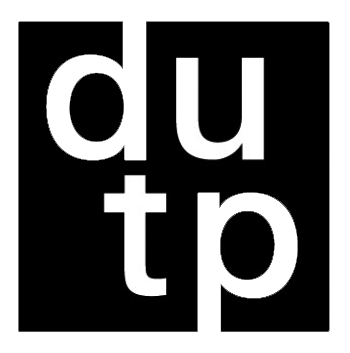A FORMA URBANA DE CIDADES GÊMEAS SITUADAS EM LIMITES GEOGRÁFICOS
Análise e implicações na produção espacial em Porto Murtinho/BR e Carmelo Peralta/PY
DOI:
https://doi.org/10.5821/siiu.13023Abstract
The study's research object is the cities Porto Murtinho (BR) located in the state of Mato Grosso do Sul and Carmelo Peralta (PY) located in the Department of Alto Paraguay, separated by the Paraguay River, international border and geographic limit. With a port character, the region was promoted by the yerba mate industry, with urban form rich in history and different forms of territorial occupation. The research seeks to identify references to territorial occupation and responses to the different morphological formations observed in the border area of Mato Grosso do Sul, also to understand the implications that geographic and territorial limits have on the spatial configuration of the border area. The method uses bibliographical research, on-site visits and analysis of images available on Google Earth. Thus, it was possible to understand that socio-spatial limits helped in the spatialization of urban space and in the different ways of occupying the territory, reinforcing the hypotheses constructed throughout the research.
Downloads
Published
Issue
Section
License
Copyright (c) 2024 Creative Commons

This work is licensed under a Creative Commons Attribution-NonCommercial-ShareAlike 4.0 International License.
Aquellos autores/as que tengan publicaciones con esta revista, aceptan los términos siguientes:
- Los autores/as conservarán sus derechos de autor y garantizarán a la revista el derecho de primera publicación de su obra, el cuál estará simultáneamente sujeto a la Licencia de reconocimiento de Creative Commons CC BY-NC-ND- 4.0 que permite a terceros compartir la obra siempre que se indique su autor y su primera publicación esta revista, pero no se pueden cambiar ni se pueden utilizar comercialmente.
- Los autores/as podrán adoptar otros acuerdos de licencia no exclusiva de distribución de la versión de la obra publicada (p. ej.: depositarla en un archivo telemático institucional o publicarla en un volumen monográfico) siempre que se indique la publicación inicial en esta revista.
- Se permite y recomienda a los autores/as difundir su obra a través de Internet (p. ej.: en archivos telemáticos institucionales o en su página web) antes y durante el proceso de envío, lo cual puede producir intercambios interesantes y aumentar las citas de la obra publicada. (Véase El efecto del acceso abierto).











